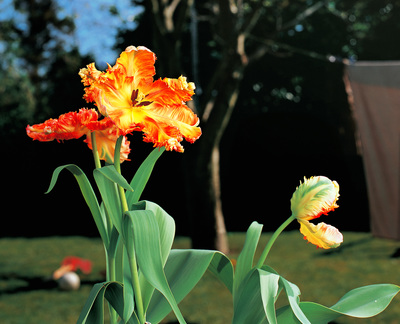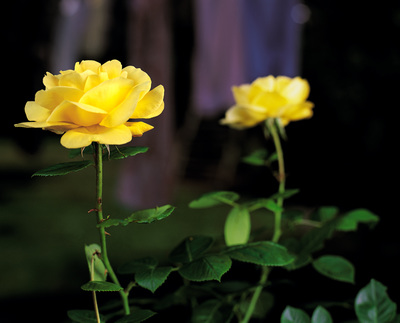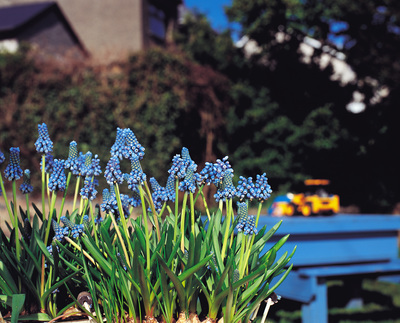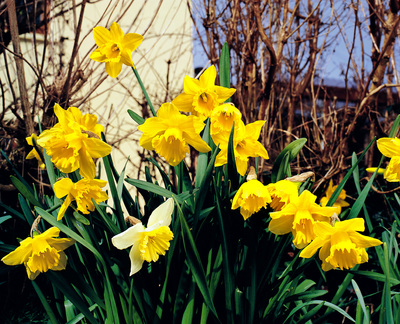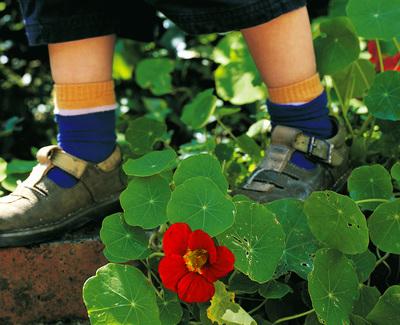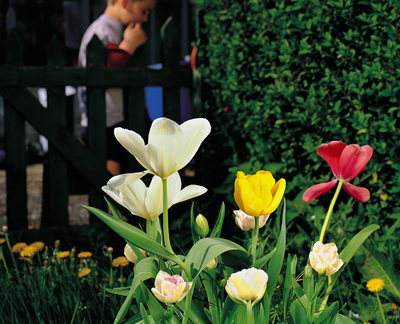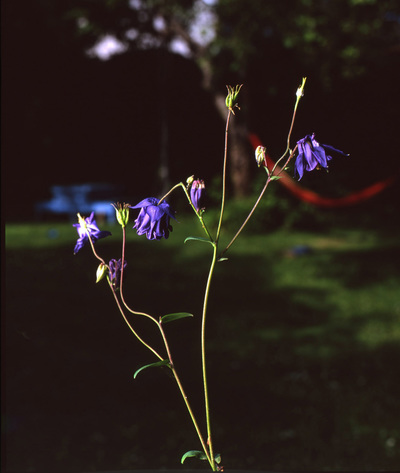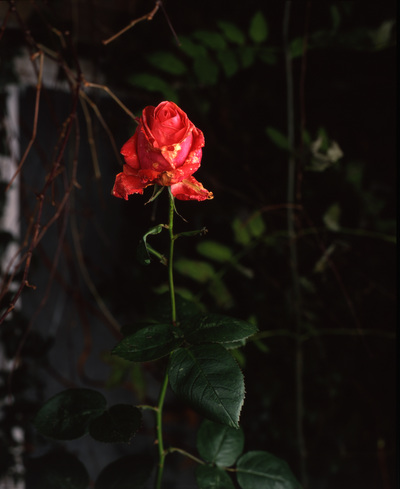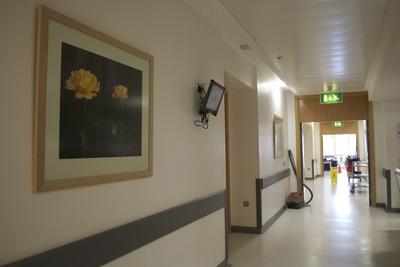The Garden
The garden is a particular domestic space, lying dormant throughout the winter, in spring and summer it comes alive and is the centre of much family activity. It is the space where children encounter microcosms of nature at first hand and where family memories are most often recorded.
The garden is an extension of the home, an outdoor summer room.
Gardens are spaces, which we design to be secure and safe for our children. In the garden, we attempt to contain the unruly boundaries of nature through various ‘gardening’ activities such as pruning and grass cutting, fencing etc. Parents are often vigilant in summer months for potential dangers such as stinging insects, nettles etc.
However, from a child’s perspective the garden is an amazing imaginary space, full of mystery and intrigue. It offers undergrowth, bushes and secret spaces for hiding, trees for climbing, imaginary miniature landscapes for toy worlds. A place to come close to strange plants, bugs and beetles, butterflies and worms. Our experience of long summers spent in these special outdoor spaces lives on in our memories of childhood.
The most mundane aspects of daily life, such drying clothes or having a cup of tea are transformed by sunlight. The garden itself becomes a theatrical set, with brightly coloured flowers taking turns to become centre-stage. Like the passing phases of childhood, flowers are transient and elusive. Their colourful displays are both an affirmation of life, while reminding us of passing time and our own mortality.
This series of photographs attempts to preserve memories of particular garden spaces and their significance within the constantly shifting landscape of childhood.
The theatrical lighting in the photographs foregrounds individual plants within the garden. The images are reminiscent of the museum ‘diorama’ displays, popular in the 1950’s, where three-dimensional objects are placed in the foreground against two-dimensional backdrops. McIver’s rich, colourful images emphasise a sense of hyper-reality, reaffirming the natural world while emphasising the artificiality of this re-constructed ‘man-made’ environment. The images also reference the work of the plant illustrator RJ Thornton, "The Temple of Flora", 1801.
The garden is an extension of the home, an outdoor summer room.
Gardens are spaces, which we design to be secure and safe for our children. In the garden, we attempt to contain the unruly boundaries of nature through various ‘gardening’ activities such as pruning and grass cutting, fencing etc. Parents are often vigilant in summer months for potential dangers such as stinging insects, nettles etc.
However, from a child’s perspective the garden is an amazing imaginary space, full of mystery and intrigue. It offers undergrowth, bushes and secret spaces for hiding, trees for climbing, imaginary miniature landscapes for toy worlds. A place to come close to strange plants, bugs and beetles, butterflies and worms. Our experience of long summers spent in these special outdoor spaces lives on in our memories of childhood.
The most mundane aspects of daily life, such drying clothes or having a cup of tea are transformed by sunlight. The garden itself becomes a theatrical set, with brightly coloured flowers taking turns to become centre-stage. Like the passing phases of childhood, flowers are transient and elusive. Their colourful displays are both an affirmation of life, while reminding us of passing time and our own mortality.
This series of photographs attempts to preserve memories of particular garden spaces and their significance within the constantly shifting landscape of childhood.
The theatrical lighting in the photographs foregrounds individual plants within the garden. The images are reminiscent of the museum ‘diorama’ displays, popular in the 1950’s, where three-dimensional objects are placed in the foreground against two-dimensional backdrops. McIver’s rich, colourful images emphasise a sense of hyper-reality, reaffirming the natural world while emphasising the artificiality of this re-constructed ‘man-made’ environment. The images also reference the work of the plant illustrator RJ Thornton, "The Temple of Flora", 1801.
